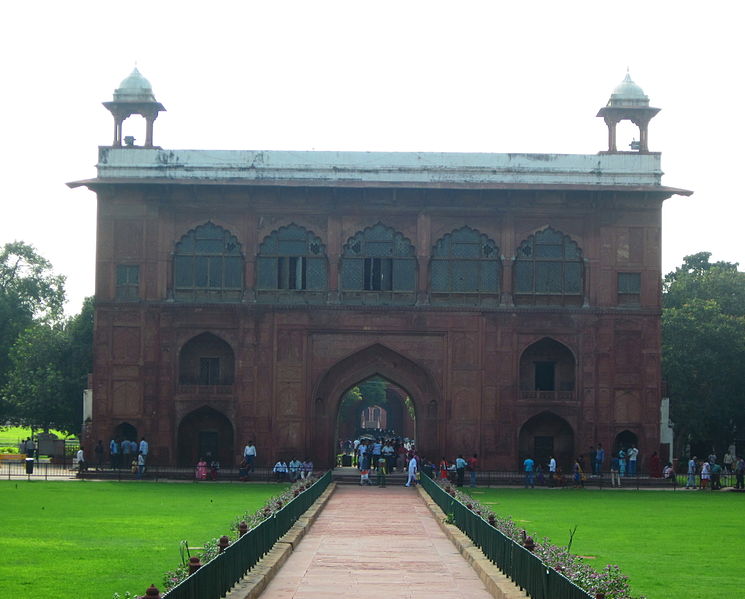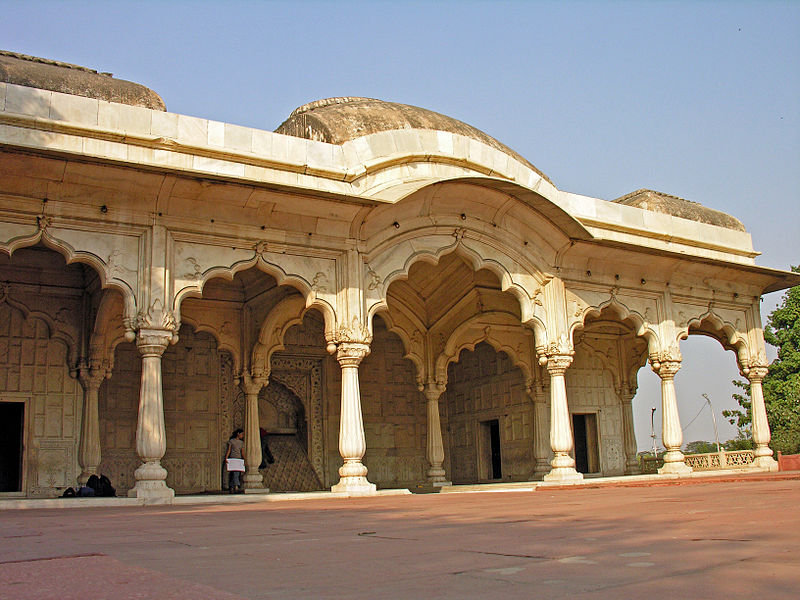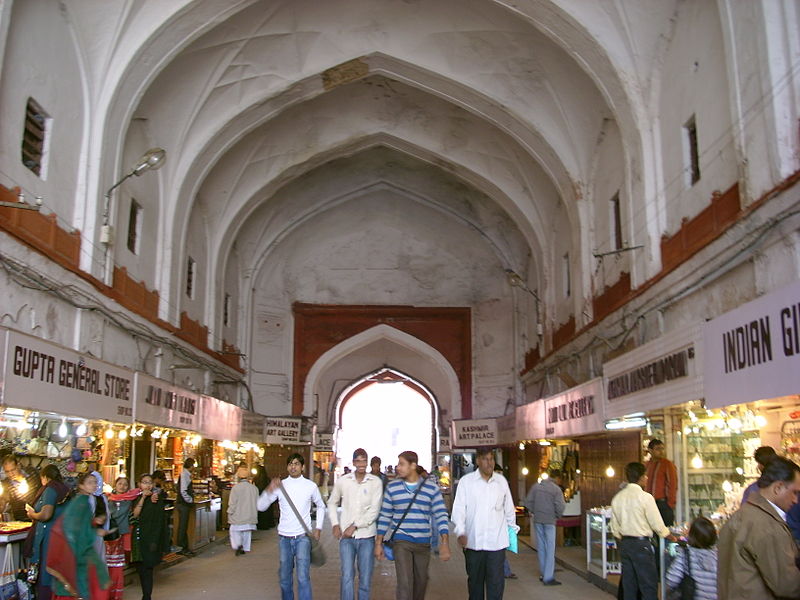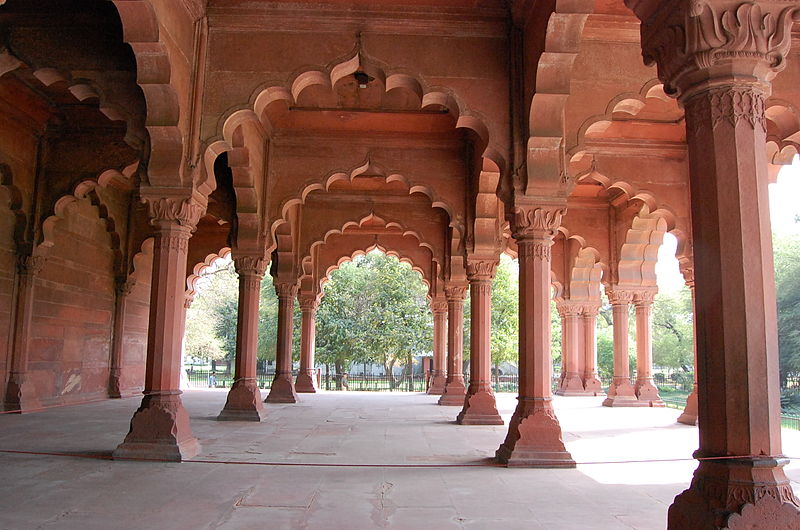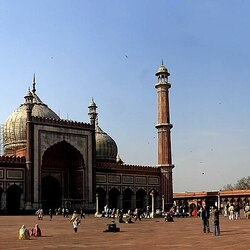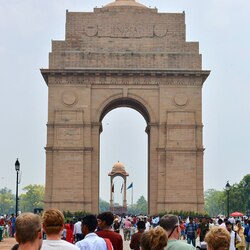Lal-Kila
The Lal Kila Fortress (Red Fort) is an amazing landmark of India, built during the reign of the Mughals. The architects built the fortress in the image and likeness of paradise described in the Quran.
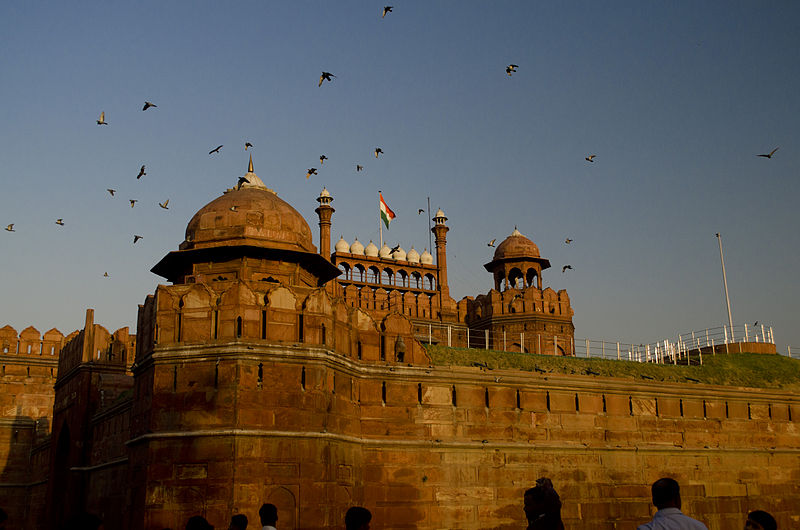
The construction of the citadel began in 1639 by order of Emperor Shah Jahan and 9 years later the construction of the residence was completed, becoming the center of the medieval city of Shahjahanabad (now Old Delhi). On one of the arches in the Kala-a-Mubrak hall there is an inscription: "If there is a paradise in the world, it is here, it is here." With these words, spoken by the Persian poet Amir Khosrow, the architects equate the grandeur of the citadel with paradise. The name of the fortress Lal Kila means Red Fort in Hindi, and it was named so because of the huge red walls. The Imperial Apartments consist of a series of pavilions connected by a channel of water known as the stream of Paradise.
The fortress was built during the heyday of the Mughal Empire and was planned in accordance with Islamic architecture. Each pavilion contains architectural elements reflecting the Persian traditions and buildings of the Timurid dynasty. The innovative architectural style of the Red Fort, including its garden design, influenced later buildings and gardens in Delhi, Rajasthan, Punjab, Kashmir. Adjacent to Lal Kila from the northwest is the Salimgarh Fort, which, along with the Red Fort, was added to the UNESCO World Heritage List in 2007.
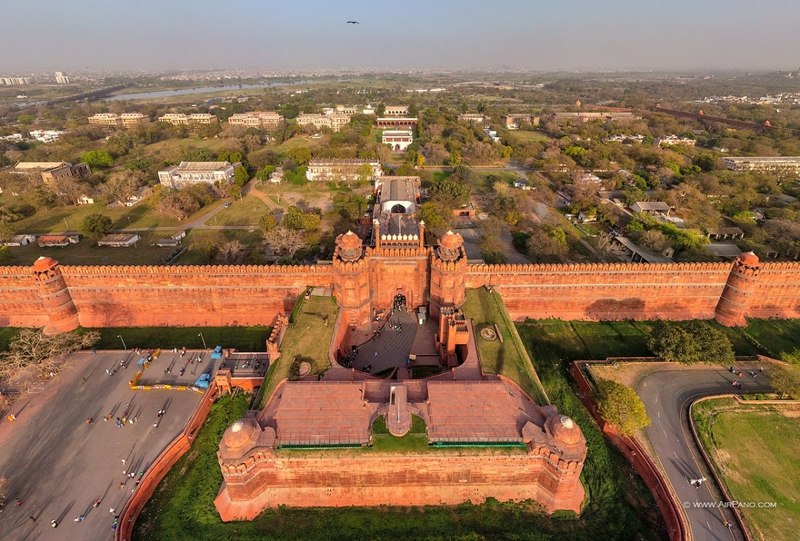
The fort is surrounded by a huge wall, 2.5 km around the perimeter and 16 to 33 meters high. Over the years, the power of the Mughal dynasty weakened, and to maintain the army, many precious items in the imperial mansions were replaced with cheap ones. For example, the silver ceiling from the Imperial entertainment palace (harem) was replaced with copper. But this did not help to stand up against the Persian king Nadir Shah, who in 1739 plundered the royal residence, taking with him the "Peacock Throne". According to the testimony of the French diamond merchant Jean-Baptiste Tavernier, it was the most luxurious throne in the world. It had silver steps and gold legs decorated with gems. Behind the back, two peacock tails rose out of gold, with diamond and ruby flecks. After the robbery, the throne became a symbol of the Persian monarchy, but during the fighting with the Kurds, the throne was lost and most likely dismantled and sold.
The weakening of the Mughals led to the fact that the Marathas actually reigned in Delhi, and the Mughals were formally on the throne. Marathas have removed gold and silver elements from the ceiling of the Shah Mahal Palace in the Red Fort to raise funds against the war with Afghan King Ahmad Shah Durrani. This did not help, the Marathas lost the battle and Delhi was sacked again, but by the Afghans. In 1803, the Marathas lost the war to the East India Company, and control of Delhi and the entire Mughal Empire passed to it. This continued until 1857, when there was an uprising of Sepoys who captured the city, but after bloody battles, the Sepoys were defeated, and the Mughal Empire finally fell. The great Mughal Bahadur Shah was arrested, and his sons and grandsons were shot. The British sanctioned the systematic theft of valuables from the fort's palaces. All the furniture was removed or destroyed, the harem apartments, quarters and gardens of the employees were destroyed. Only the marble buildings on the east side of the Imperial Building escaped complete destruction, but were looted and destroyed. While the defensive walls and towers were relatively intact, more than two thirds of the internal structures were destroyed by the British.
Today, there are several museums on the territory of Lal Kila, with vendors' shops around. Even after the looting, the Mughal citadel impresses with its grandeur and beauty. The main events dedicated to the Independence Day of India are held here, during which the Prime Minister reads a solemn speech within the walls of the Red Fort.
